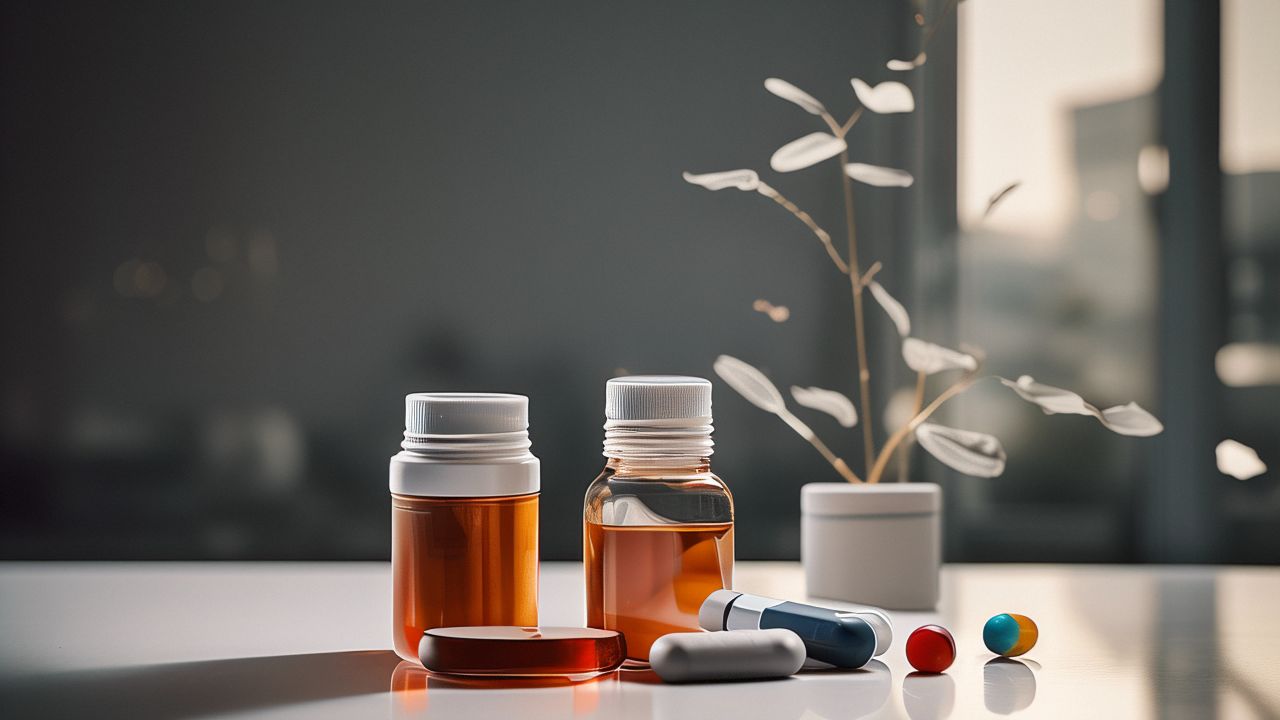how does a penis get hard? What’s the deal with erections?
1.how does a penis get hard?
The penis is made up of three spongy bodies wrapped in skin and fascia. If you were to slice the penis horizontally, you’d see two spongy bodies running side by side on the back of the penis, with one spongy body containing the urethra on the front (where the urethra passes through), forming an upside-down “P” shape. These three spongy bodies are all covered in a dense fascia called the tunica albuginea, creating three separate columns of spongy tissue. Inside these spongy bodies are tiny beams made of connective tissue that crisscross to form a network of spaces called spongy sinuses.
These sinuses are interconnected and linked to arteries and veins. Essentially, the spongy sinuses act as blood reservoirs. The walls of the penile arteries and veins have many protrusions into the cavity, which serve as valves controlling penile erections and flaccidity.

When the penis is in a relaxed state, the arteries narrow, causing the arterial passage to become smaller. Meanwhile, the shortcuts between the arteries and veins open up, allowing arterial blood to directly flow into the veins. Only a small amount of blood passes through the blood sinuses of the spongy tissue, resulting in a flaccid penis.
2.how does a penis get hard?
During an erection, the arteries expand, while the shortcuts between the arteries and veins constrict. This allows a large amount of arterial blood to flow into the blood sinuses of the spongy tissue. The increased blood flow and engorgement of the sinuses can also put pressure on the small veins, preventing blood from returning to the veins and causing significant congestion and enlargement of the spongy tissue, resulting in a penile erection.
After sexual arousal, the arteries narrow again, causing the arterial passage to become smaller. At the same time, the small veins in the blood sinuses dilate, allowing the blood in the sinuses to flow back into the veins. This causes the penis to return to a relaxed state.

The hardness of an erect penis mainly depends on a muscle called the sphincter or circular muscle band within the prostate. When this muscle tightens, it compresses the blood vessels that carry blood out of the penis, resulting in less blood flow and a harder erection.
There are two types of erections:
psychogenic erections, which are controlled by the sexual desire center in the brain’s cortex, and reflexogenic erections, which depend on stimulation received by the penis itself. Both types of erections are initiated by a “command” from the erection center in the spinal cord, which is transmitted and revoked through the autonomic nervous system (sympathetic and parasympathetic nerves). When any part of this regulatory process malfunctions, it can lead to erectile dysfunction.
The penis is an organ used by males for sexual intercourse and urination. In order for sexual intercourse to occur, it requires not only normal external genitalia but also normal testicular endocrine function. One of the key factors in sexual activity is the ability of the penis to achieve an erection. This process involves the coordination of the nervous system, making it a complex physiological process.
The erection of the penis is controlled by neural impulses from the autonomic nervous system, which includes the cerebral cortex, hypothalamus, and lower brain centers. In the lumbar spinal cord, there are centers for erection and ejaculation that have close connections to the peripheral nerves of the reproductive organs. Sensory stimuli like visual and auditory cues activate the sexual desire center in the cerebral cortex, which then sends sexual excitement to the sacral spinal cord erection center. This leads to excitement in the erection center, which in turn transmits the excitement to the penile blood vessels and muscles.

The penile spongy tissue is made up of many sponge-like blood sinuses separated by connective tissue containing muscle fibers. These sinuses contain numerous vascular plexuses with valve mechanisms that control blood flow direction. When sexual excitement reaches the penis, the valves close and the vascular plexuses expand, allowing a large amount of blood to flow into the sinuses of the spongy tissue. This increased inflow of blood causes the spongy tissue to gradually expand, resulting in the enlargement and hardening of the penis.
The thin skin and absence of fat beneath the skin contribute to the ease of achieving an erection. The rate of blood flow into the arteries equals the rate of blood flow out of the veins, which helps to maintain the erection. If the rate of blood flow out of the veins exceeds the rate of blood flow into the arteries, the erection subsides and the penis becomes flaccid. The fibrous sheath surrounding the spongy tissue prevents excessive expansion of the spongy tissue.




